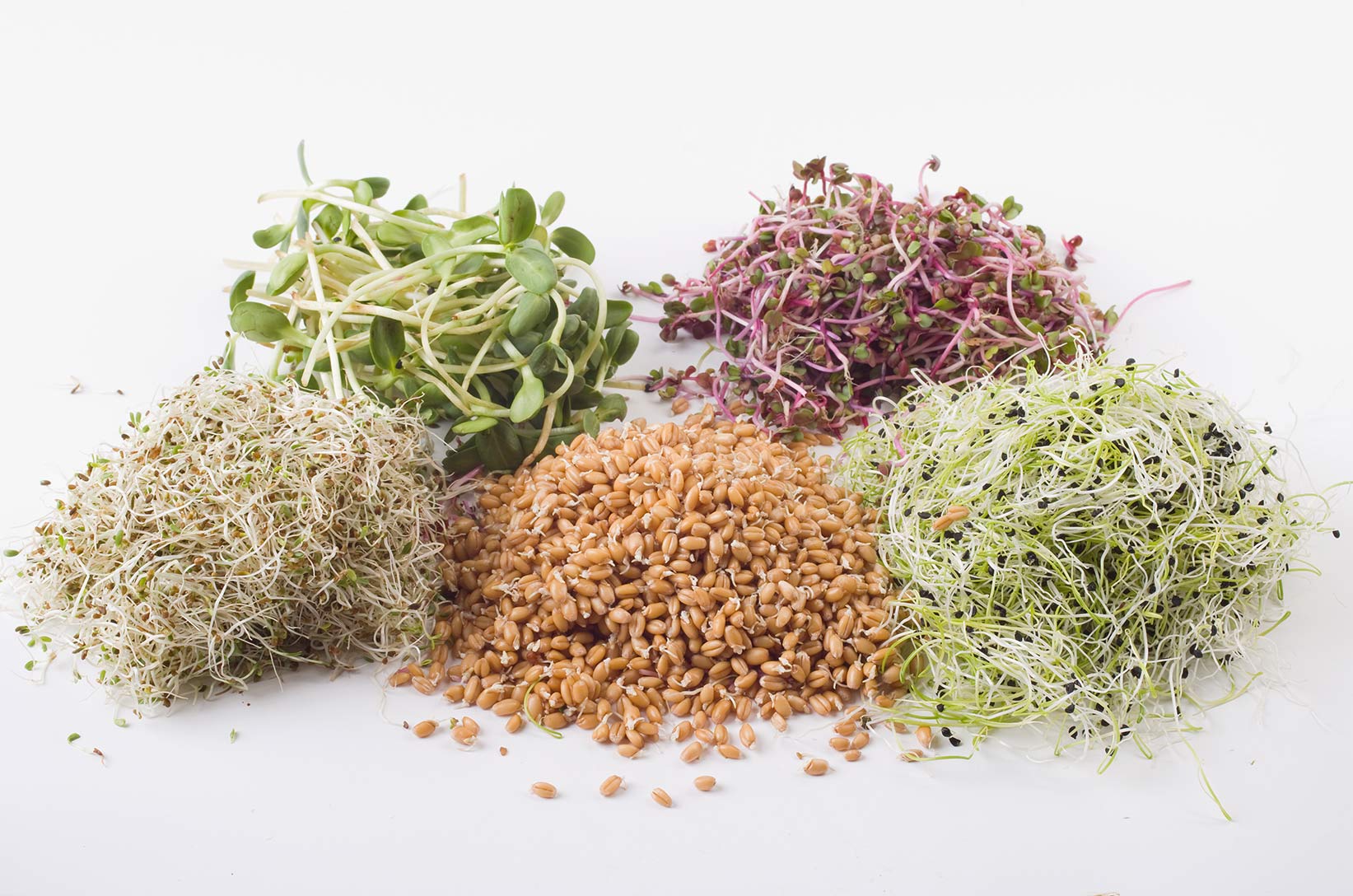Phytic acid is a component found in grains, nuts, seeds, legumes, and some tubers that can block the absorption of certain vitamins and minerals in our body, such as calcium, zinc, magnesium, iron, phosphorus, vitamin D, and copper. This acid can also inhibit enzymes – proteins that we need to digest our food – thus creating improper absorption of nutrients. Many health problems can result when a diet high in phytate-rich grains are consumed, including tooth decay, brittle bones, digestive problems, nutrient deficiencies, and a poor appetite. Adults can probably get by for decades with a diet high in phytic acid, but growing children will suffer from the lack of calcium and phosphorus needed for bone growth, dental health, mental strength, and prevention of anemia (low iron). Preparing whole grains properly can neutralize a large portion of this problematic compound.
Fortunately, high levels of calcium in the diet can off-set the mineral-depleting effects of phytic acid. This includes absorbable calcium from bone broths and raw dairy products, and Vitamin D from certain animal fats.
Phytase, found in many plant foods, is the enzyme that neutralizes phytic acid. Humans do not produce enough phytase, however probiotics (such as Lactobacillus) can produce this enzyme – therefore if we have enough good intestinal flora, we will have an easier time digesting foods that contain phytic acid. Sprouting grains is a great way to activate phytase and thus reduce the phytic acid content of the grain. Sprouting also releases vitamins and makes grains, seeds, and beans more digestible. Soaking grains in an acid medium (such as apple cider vinegar) at very warm temperatures (for eg in the sourdough process) can also activate the enzyme phytase and greatly reduces or eliminates the phytic acid content. With legumes, sprouting is the most effective way to reduce phytic acid, but this process does not get rid of all of it. After sprouting, these grains and legumes should be soaked and then cooked to reduce the phytic acid content. Roasting certain grains (such as wheat and barley) can reduce phytic acid by 40%, which is quite significant.
It is not necessary to completely eliminate phytic acid from the diet, but to keep it at an acceptable level. If one has a diet rich in calcium, Vitamins A, D, and C, and good fats, as well as being healthy (strong bones and teeth, and a balanced diet) having some foods that are high in phytic acid are fine. Children under the age of 6, pregnant women, and those with serious illnesses that lack many vitamins and minerals, are advised to have a diet low in phytic acid. Practically speaking, preparing phytate-rich foods properly to reduce the amount of phytic acid, and restricting the consumption of these foods to 2-3 servings per day is suggested.
Preparation of Grains, Nuts, Seeds, Legumes
- Brown Rice is high in phytates and lacks the enzyme phytase to break it down. Soak it in hot water plus a little fresh whey, lemon juice or vinegar for at least 8 hours in a tightly closed mason jar. Drain, rinse and cook in broth and butter.
- Nuts: contain levels of phytic acid equal to or higher than those of grains. Soaking nuts for 18 hours in salt water, dehydrating at very low temperatures, and then roasting the nuts would likely eliminate a large portion of phytates.
- Beans: the best way to reduce phytates in beans is to sprout them for several days, and then cook them. Adding yeast, or kombu seaweed may greatly enhance the pre-digestive process of beans. At the least, beans should be soaked for 12 hours, drained and rinsed several times before cooking, for a total of 36 hours.
- Oats and Corn: Add freshly ground rye flour (which has a high level of phytase) and then soak to improve digestibility.
- Tubers: Sweet potatoes and potatoes contain little phytic acid, but yams contain a much higher amount. Yams should be fermented, or cooked well and consumed with butter and Vitamin C-rich foods (for eg, oranges, green veggies, carrots) to maximize nutrient content.
- Seeds: Pumpkin seeds especially are very high in phytic acid. Soaking and roasting them can remove some of this acid.
- Coconut: has hardly any phytic acid at all!
Like so many things in life, moderation or balance is key! Try to limit grains, legumes, nuts, and seeds that have a high amount of phytic acid, and do your best to prepare them properly to minimize the acid.
Happy Soaking, Sprouting, and Roasting!



No Comments